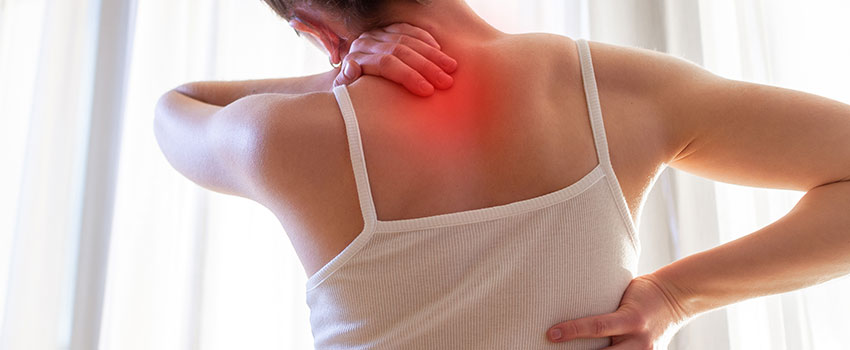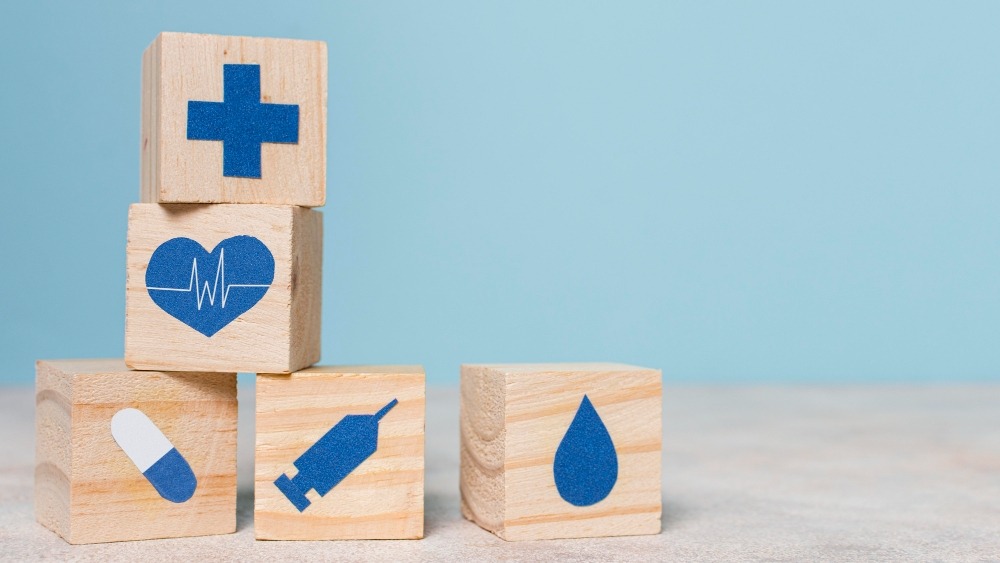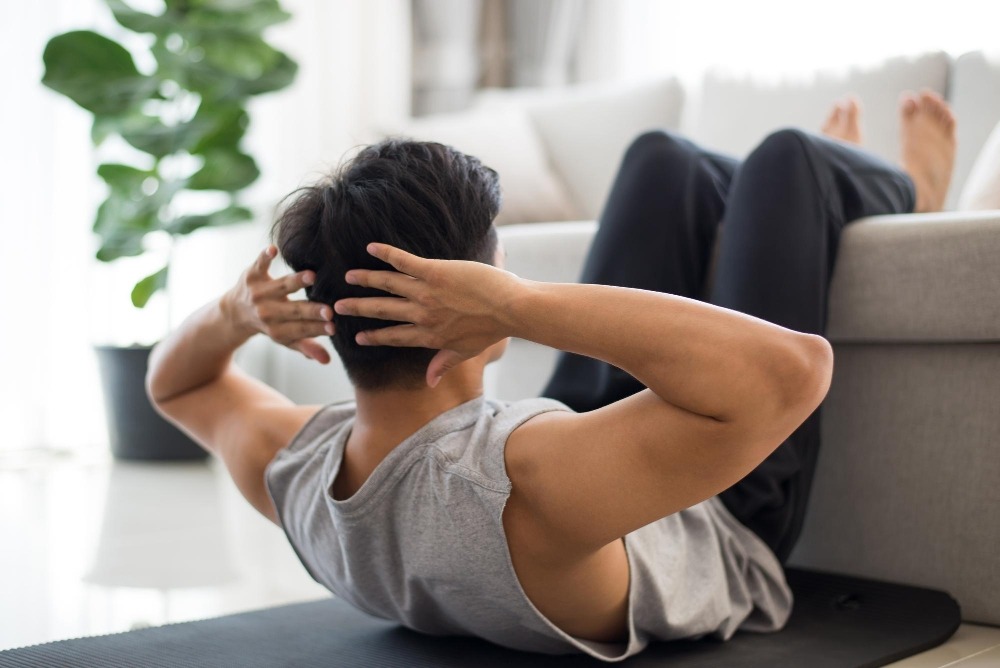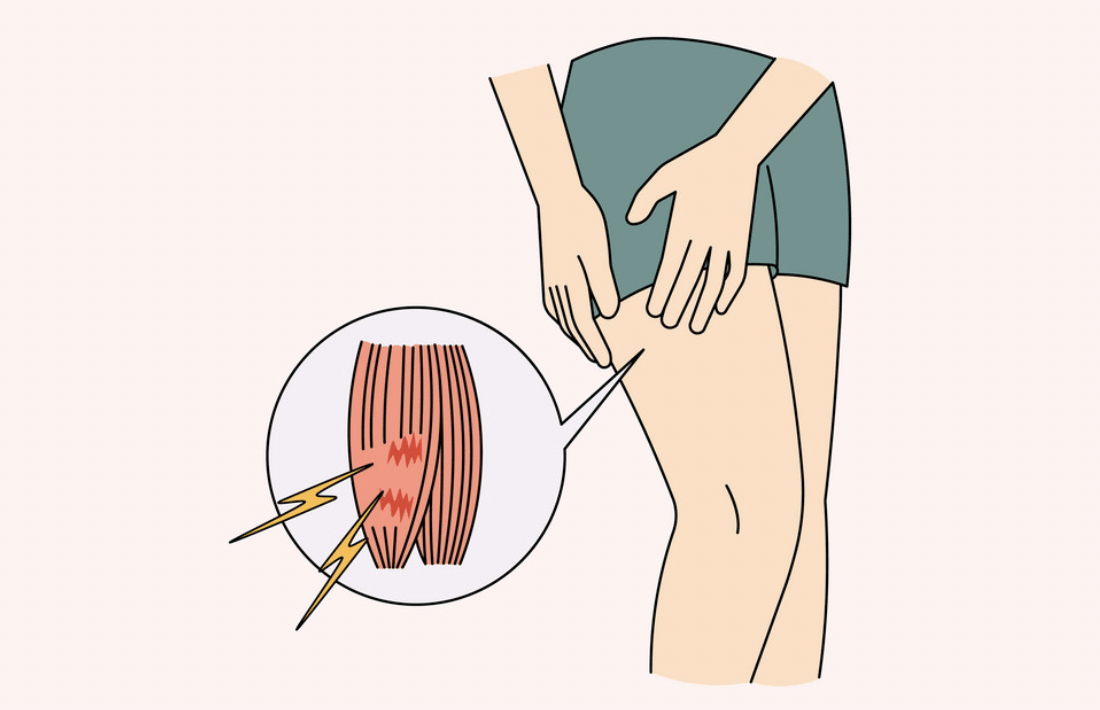Muscle soreness after a workout, also known as delayed onset muscle soreness (DOMS), is a type of muscle pain that occurs after physical activity. It is caused by small tears in the muscle fibres, which can occur as a result of unfamiliar or intense exercise, or a change in your workout routine. DOMS is a normal response to exercise, but it can be uncomfortable and may last anywhere from 24 to 72 hours.
Symptoms of Muscle Soreness
Symptoms of DOMS include –
- Muscle pain
- Tenderness
- Stiffness that be accompanied by mild swelling and a decrease in strength.
While DOMS is a normal response to exercise, there are several ways to ease muscle soreness and get back to your regular routine.

Ways to Ease Delayed Onset Muscle Soreness
- Stay Hydrated: Drinking plenty of water is essential for muscle recovery. When you exercise, you sweat and lose fluids, which can lead to dehydration. This can make muscle soreness worse, so it is important to drink plenty of water before, during, and after your workout.
- Stretch: Stretching is a great way to ease muscle soreness. Gentle stretching can help to improve circulation and reduce tightness in the muscles. Focus on stretching the muscles that feel tight or sore, and hold each stretch for 20-30 seconds.
- Foam Rolling: Foam rolling is a type of self-massage that can help to relieve muscle soreness. By rolling over a foam roller, you apply pressure to the muscles, which helps to break up scar tissue and increase circulation. Start by foam rolling the muscles that feel tight or sore, and spend 2-3 minutes on each muscle group.
- Take a Warm Bath or Shower: A warm bath or shower can help to soothe sore muscles and reduce inflammation. The heat from the water will help to increase blood flow to the muscles, which can speed up the recovery process. You can also add Epsom salt to your bath, as it contains magnesium, which is important for muscle function.
- Massage: Massage is a great way to relieve muscle soreness. By applying pressure to the muscles, massage can help to break up scar tissue and improve circulation. You can either go to a massage therapist or use a foam roller or massage ball to perform self-massage.
- Use Heat Therapy: Heat therapy, such as a hot pack or warm towel, can help to relieve muscle soreness by increasing blood flow to the muscles. Apply heat therapy to the muscles that feel tight or sore for 15-20 minutes, and repeat as needed.
- Rest: Rest is important for muscle recovery. While it may be tempting to continue exercising, it is important to give your muscles time to recover and heal. Try to avoid intense exercise for the first 24-48 hours after a workout, and instead focus on gentle activities, such as stretching or foam rolling.
- Take Anti-Inflammatory Medication: Anti-inflammatory medication, such as ibuprofen or aspirin, can help to reduce inflammation and ease muscle soreness. However, it is important to speak with your doctor before taking any medication, as some medications may not be suitable for everyone.
In conclusion, muscle soreness after a workout can be a common experience, but there are several ways to ease the discomfort and speed up the recovery process. Staying hydrated, stretching, foam rolling, taking a warm bath or shower, massaging, using heat therapy, resting, and taking anti-inflammatory medication can all help to relieve muscle soreness. Remember to listen to your body and give your muscles time to recover, and you will be back to your regular routine in no time.




















Share this article